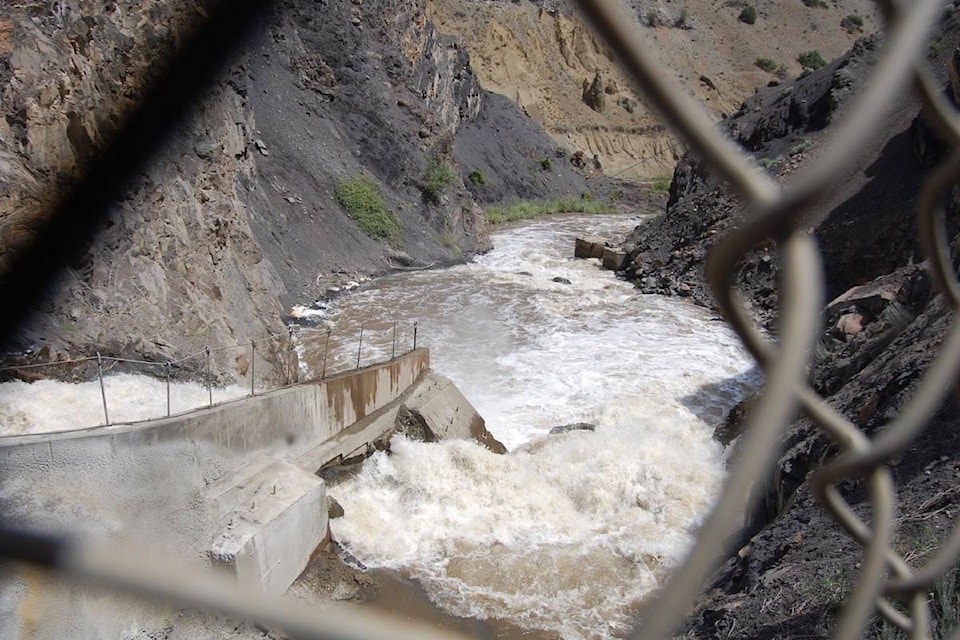The federal government has decided not to list the Thompson and Chilcotin River Steelhead under the Species at Risk Act (SARA). The decision goes against the recommendations of the Committee on the Status of Endangered Wildlife in Canada (COSEWIC) in February 2018, and has been criticized by the BC Wildlife Federation (see letter on page 4 of this week’s issue).
After a seldom-used fast-track process, COSEWIC concluded that the Interior Fraser Steelhead were at risk of extinction, and should be protected under SARA, which would mean preparing a recovery strategy, including the identification and, later, the protection of critical habitat.
However, the Government of Canada has determined that the application of the prohibitions that would follow the listing of Chilcotin and Thompson River Steelhead under SARA would not provide for the best conservation outcome for these species. “As the protections would be prohibition based, they would not lead to proactive measures being taken in a timely manner that would promote increases in these wildlife species’ productivity,” states the report.
The federal government is therefore advancing the development and implementation of a conservation plan for these species on an emergency basis, in collaboration and partnership with the Province of British Columbia, Indigenous groups, and others.
The conservation plan will contain measures to:
1. reduce mortality and increase survival of returning spawners;
2. improve productivity in freshwater through habitat protection and remediation;
3. implement effective governance; and
4. increase science and monitoring.
Immediate measures will be taken to reduce fishing-related mortality, remove significant barriers to migration, and reduce ongoing habitat destruction. Additional measures will be taken over the longer term to remediate degraded habitat. Options will be explored to address the causes of natural mortality, such as predation, and to augment wild populations through hatchery production.
Steelhead stocks have declined dramatically over the last decade. In 1985, 3,510 fish returned to the Thompson to spawn, but since 2009 there have only been three years when more than 1,000 fish returned. In 2017 only 177 Steelhead returned to the Thompson—an all-time low—and last year the provincial government closed the Thompson River to all angling from Oct. 1, 2018 to May 31, 2019.
Steelhead—along with Chinook and Coho salmon—have also been threatened by damage to the Bonaparte fishway, near the confluence of the Bonaparte and Thompson Rivers north of Ashcroft, which prevents the fish travelling to their spawning grounds further up the Bonaparte. The federal government notes that there are other threats to Steelhead, such as fishing-related mortality, changes in marine and freshwater environments (including habitat loss and degradation), predation, and competition.
While fishing-related mortality has the potential to lessen the rate of decline and contribute to population growth, the federal government feels this is not enough, and that if the productivity of the Steelhead population is not increased there is a low likelihood of recovery. It is encouraging proactive measures not only to reduce fishing-related mortality but also to provide for habitat conditions that will promote natural survival, including halting further habitat degradation and promoting restoration of lost habitat.
A statement from the federal government says that it will continue to use a combination of legislative mechanisms available under the Fisheries Act, and work collaboratively with the Province of British Columbia, which also has legislative mechanisms available to manage for conservation of Chilcotin and Thompson River Steelhead.
The federal and provincial authorities have also agreed to work collaboratively with First Nations groups and other partners to establish and implement a Steelhead conservation plan, which will address the imminent threats to the survival of these populations and provide for the conditions necessary to promote population productivity. The government anticipates that there will be some impacts associated with the plan, and says that these impacts will be assessed when specific measures are developed.
editorial@accjournal.ca
Like us on Facebook and follow us on Twitter
